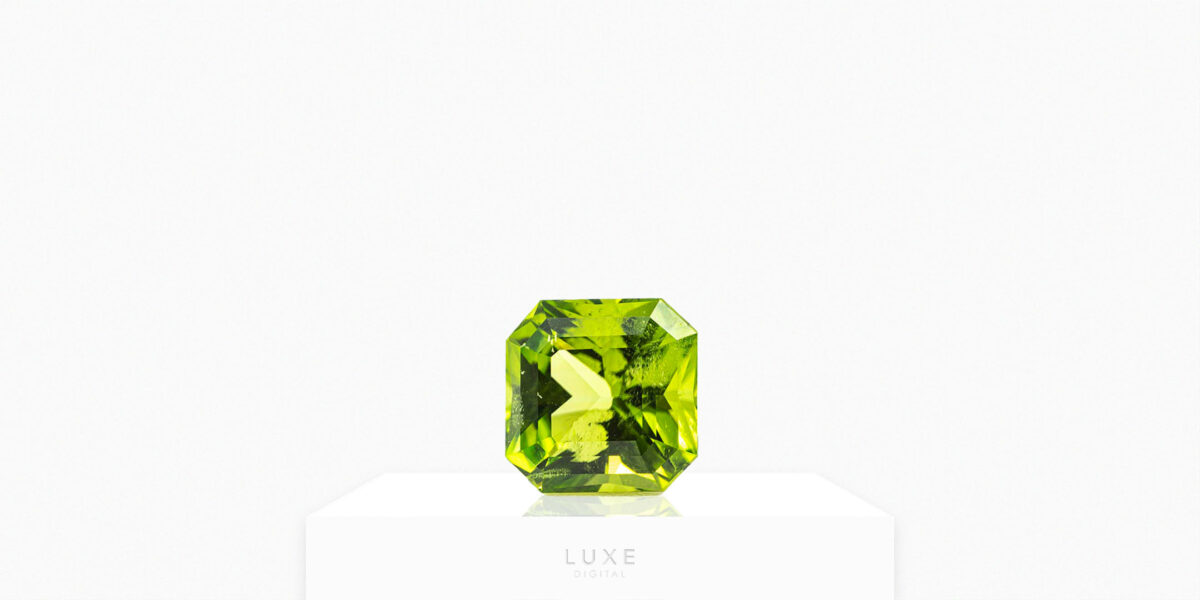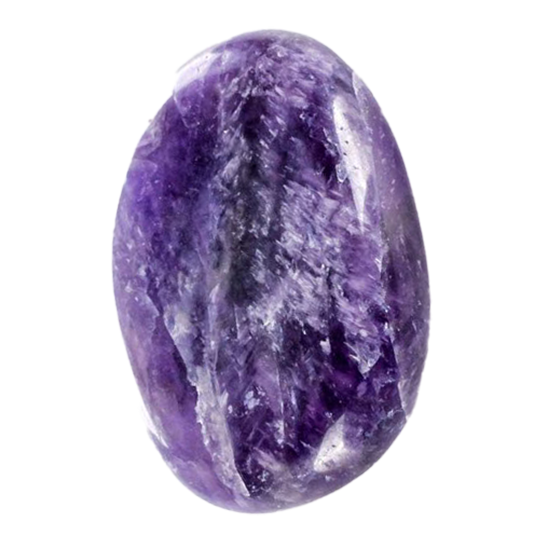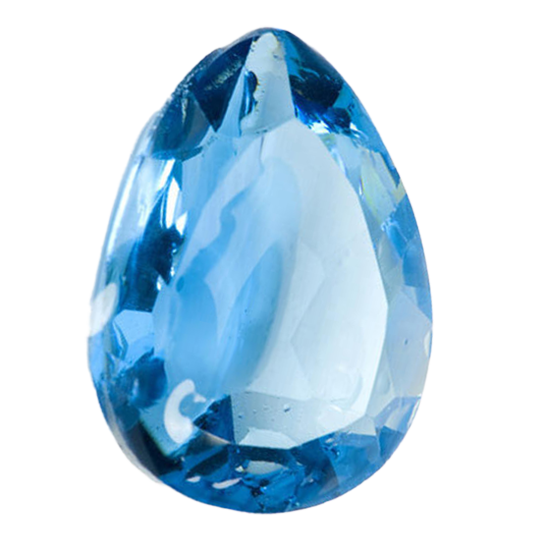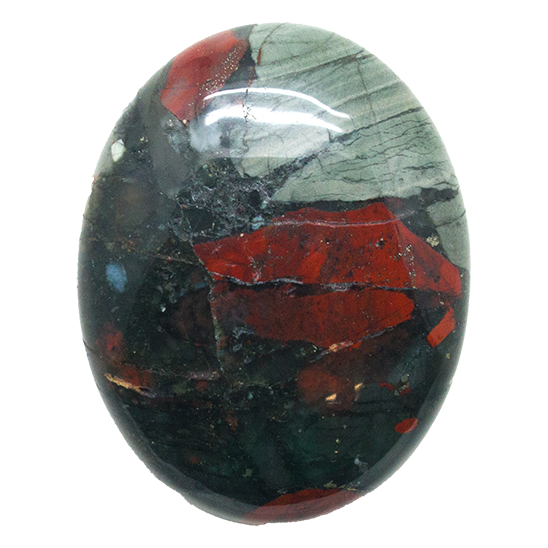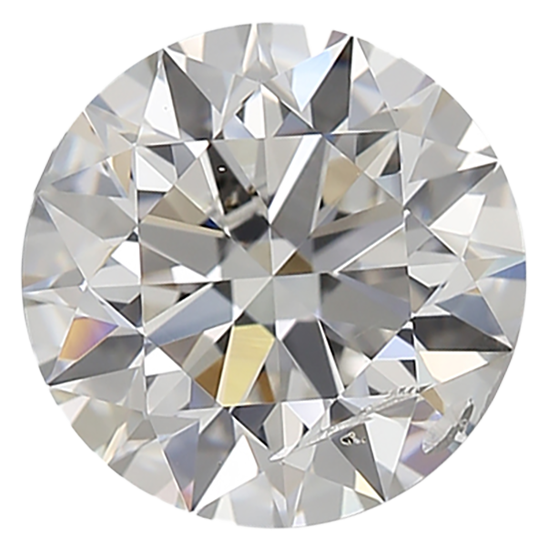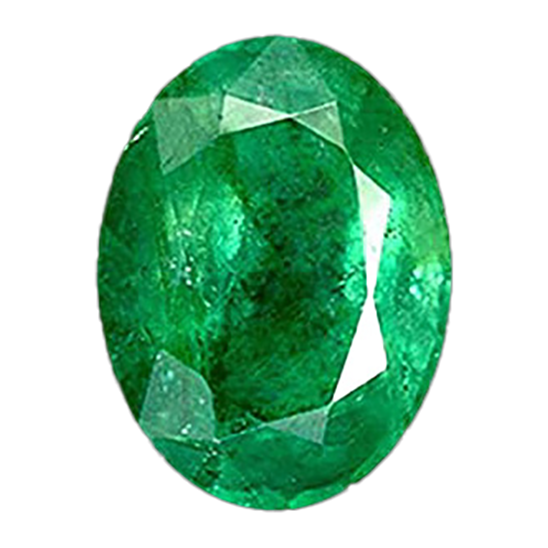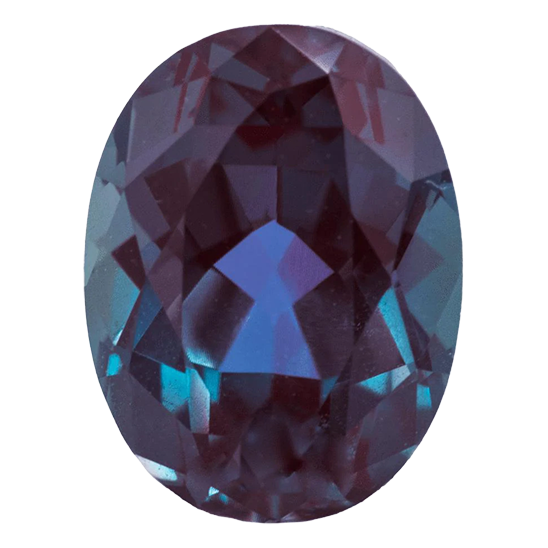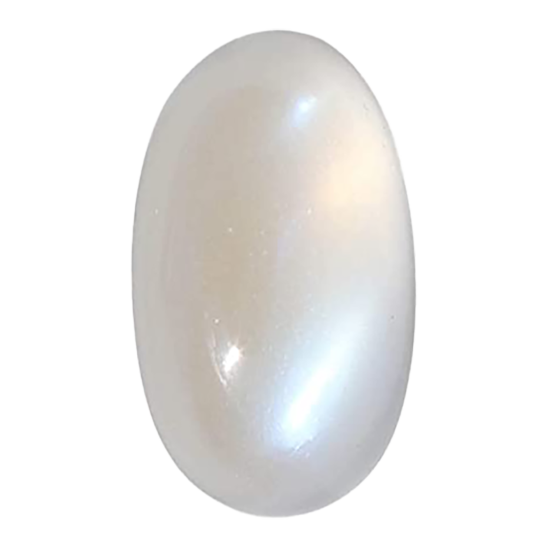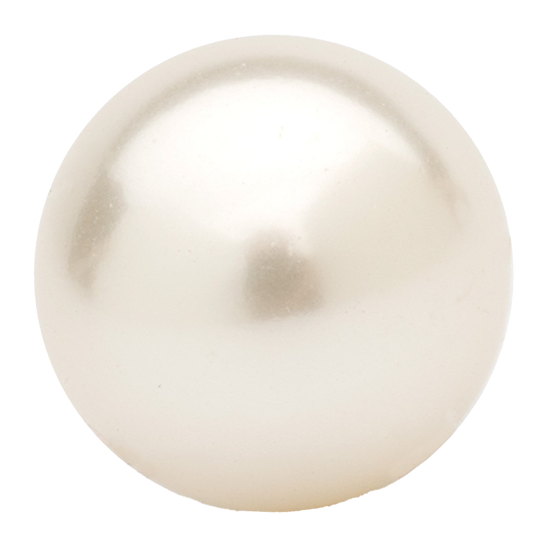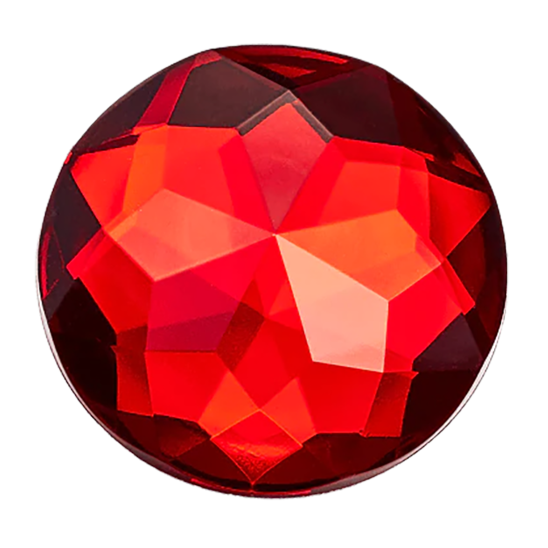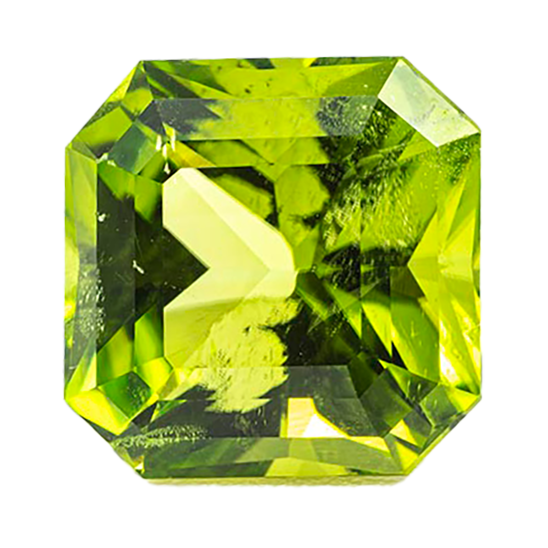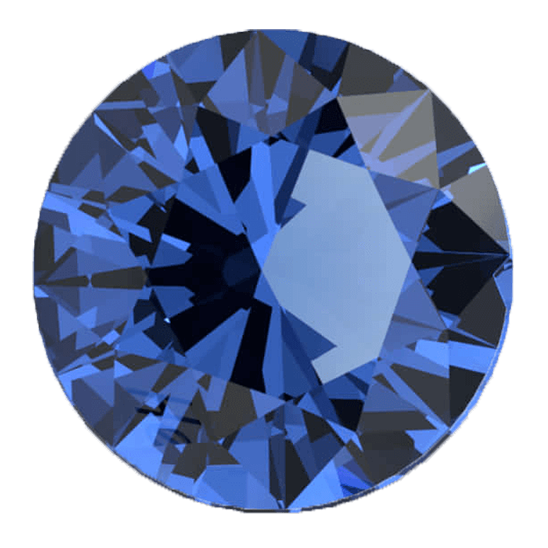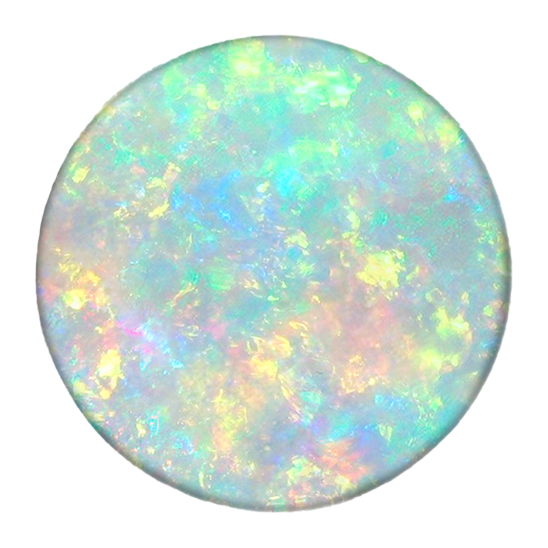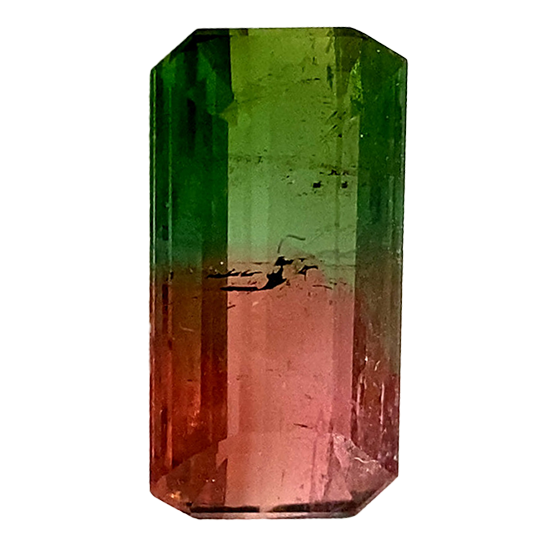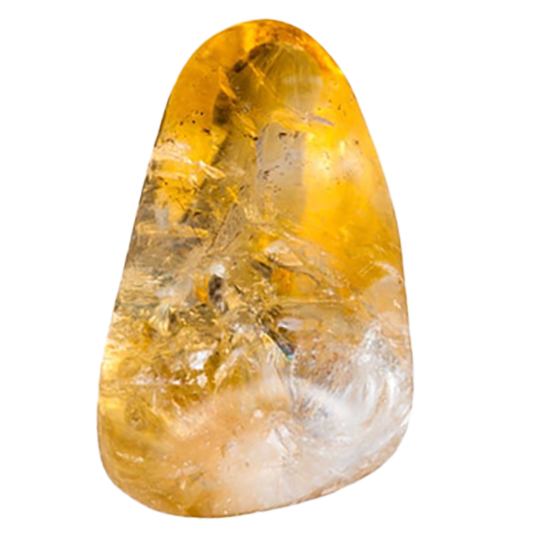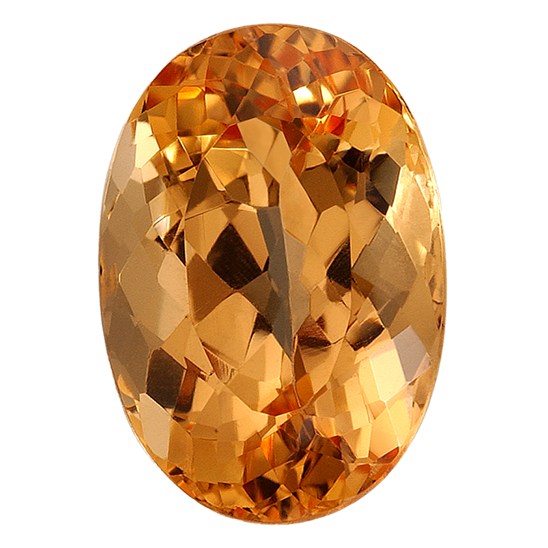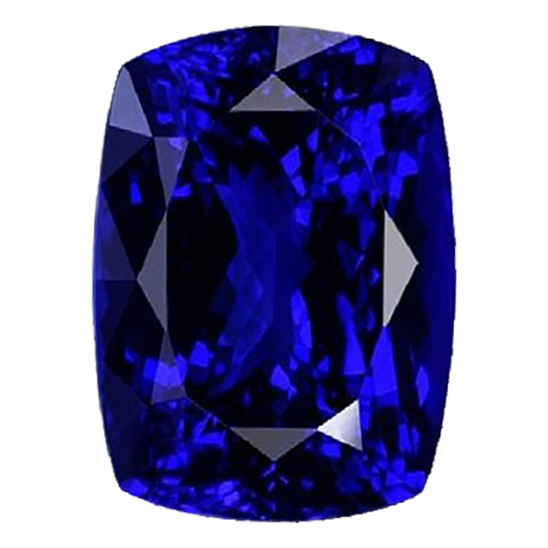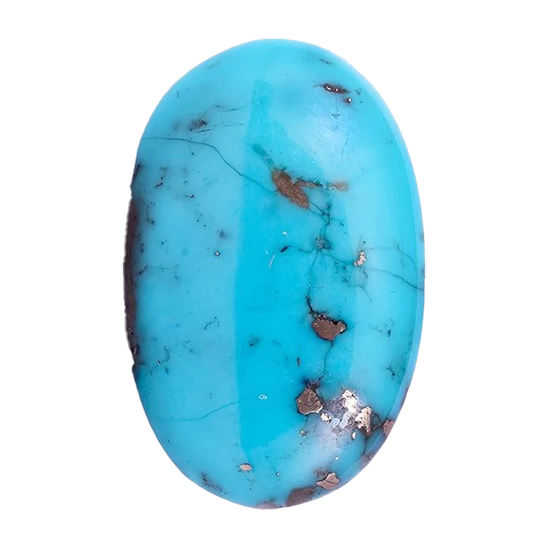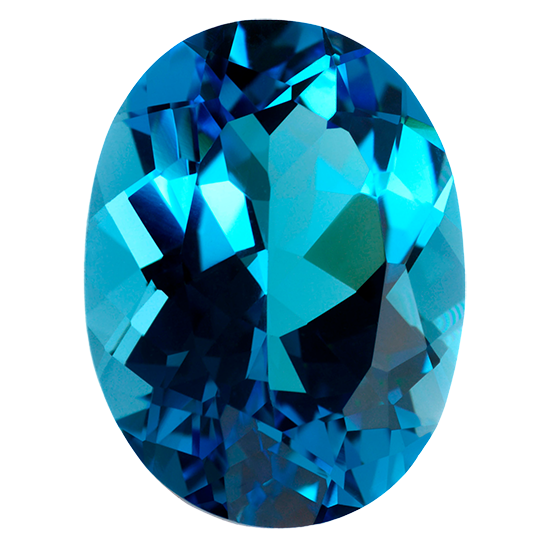For centuries, gemstones have been renowned for their energetic, mystical and healing properties. Many ancient civilizations worshiped them, believing the natural wonders of the world to be reflected in their dazzling brilliance, and imagining that they had the power to convey to the owner the energy, strength and passion of these elemental forces.
The brilliant deep green gemstone peridot has long been recognized as one of the most unique members of the gemstone family. Celebrated since the time of the Ancient Egyptians due to its otherworldly color and radiance, peridot was nicknamed ‘the gem of the sun’ and is often associated with the properties of renewal and energy that the sun brings.
Today, a gemstone remains a precious object, and an invaluable gift bestowed on family or friends. As luxury jewelry, the gorgeous, earthy green hues of peridot look captivating when set against gold in pendants or rings. Peridot crystals are also a popular way of brightening up and bringing positive energy into your home.
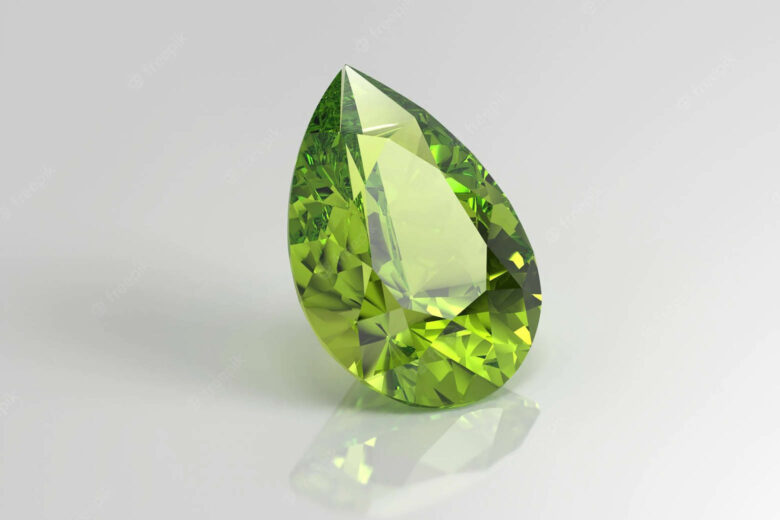
| Peridot Color | Green |
| Birthstone Month | August |
| Hardness Scale | 6.5-7 on Mohs Scale |
| Mineral Class | Olivine |
| Symbolism | Compassion |
What is Peridot stone?
The Peridot stone is one of the oldest known gemstones, beloved by the Ancient Romans and Egyptians and mentioned throughout the Bible. Otherwise known as ‘the emerald of the night’ due to its glow that never fades, it is also remarkable for its deep, verdant shades of green, which can range from a pale absinthe to dark moss. It is known as the stone of compassion, and is said to calm anger by harmonizing the mind and the body.
What does Peridot look like?
Peridot is the only gemstone that comes in just one unique color. Although most well-known for its brilliant, transparent green hues, its shade can vary widely depending on its source. North east China produces some of the finest peridot stone in the world, which is a rich bottle green color with the occasional pop of lime. Other varieties are lighter in color, with hues ranging from a cool apple to olive green with subtle golden undertones.
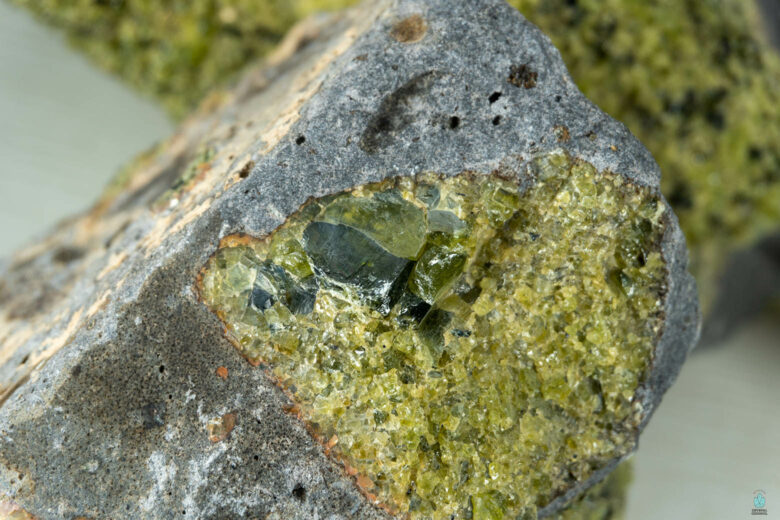
History of the Peridot stone
The peridot stone has a rich literary history and is believed to have first been discovered in Ancient Egypt, on the volcanic island of Zebargad in the Red Sea. A legend states that the inhabitants of the island were required to gather the stone for the Pharaoh’s treasury. Cleopatra herself was often described as wearing shimmering green jewelry, which many have believed to be emeralds, though it is now thought that they were more likely peridots.
The Ancient Romans referred to peridot as the ‘emerald of the night’ due to the fact that it maintains its radiance even in the dark. Peridots became fashionable again in the Victorian and Edwardian eras, with Edward VII of England declaring them his favorite gemstone. More recently, celebrities such as Charlize Theron, Scarlett Johansson and Kate Middleton have been seen sparkling in this glorious gem.
Meaning of Peridot
The meaning of the word peridot is highly disputed by scholars. Some say that it gets its name from the old French word for gold, ‘péritot’, while others believe its origins hark back to the Arabic word for gem, ‘faridat’. Still others attest that its name has devolved from the Latin word for opal, ‘paederot’. Whatever the origin of the name, there is no dispute over peridot’s unique, viridescent beauty, which needs no translation.
Where does Peridot stone come from?
From the islands of Egypt to the slopes of Myanmar, peridot can be found in many locations worldwide. The finest peridot in the world, the high-quality stones that have no traces of yellow or brown, are sourced in the Changbai mountain range in northeast China. Pakistan is known for its vibrant lime-green to golden peridot, while Myanmar is home to the world’s only major source of very large peridots, in transparent forest green, some several hundred carats in size.
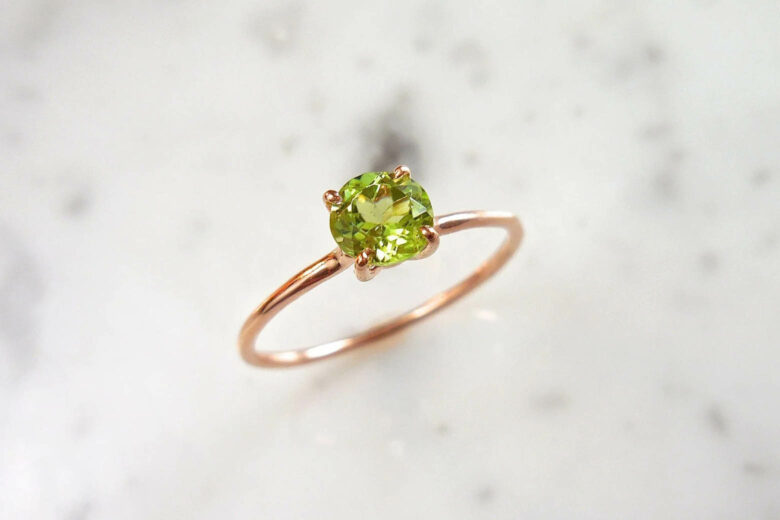
Peridot and Zodiac signs
Peridot is the birthstone for the month of August. The Ancient Egyptians were able to spot the stone at night due to its effervescent glow, and thus peridot also became known as the ‘gem of the sun’, perhaps sparking its association with the bright summer days of August. Peridot is also the official gemstone used to commemorate the 16th wedding anniversary.
Which family is Peridot from?
Peridot hails from the Olivine family, which are a group of magnesium-iron silicate minerals. Olivines are believed to form the most abundant component of the Earth’s mantle, and are also found in high-temperature metamorphic rocks and lava.
Birthstones chart
Find your birthstone by month
Frequently asked questions about Peridot
Peridot is known as the stone of compassion, and one of its many benefits is said to be the ability to harmonize the mind and body, as well as to decrease anger and jealousy. Its subtle golden undertones and uncanny glow-in-the-dark radiance has led to it being associated with the properties of the sun, and as such it is believed to spark renewal in all things.
The value of peridot stone ranges from $50-80 USD per carat. However, the finer, high-quality deep green stones from Myanmar and north east China can range from $400-450 USD. Pure, radiant green peridot is rare, and hence has a higher price range. Most peridot has a yellow to green color, and the least valuable peridot has a brownish hue.
Peridot is unique in that it is the only gemstone that comes in just one color, green. These shades of green, from lush verdant, to olive-yellow and gold, are utterly distinctive in the world of jewelry. Peridot is also remarkable in that it shines even at night, and under artificial light, leading the stones to be dubbed ‘the gems of the sun’ by the Ancient Egyptians.
One of the many theories on the origins of the name peridot is the Greek word ‘peridona’, which means ‘to give riches’ and gemmologists refer to peridot as a ‘path to wealth’ and prosperity. Placing peridot in your home or office is said to help to create good vibes and harmonious conditions.
